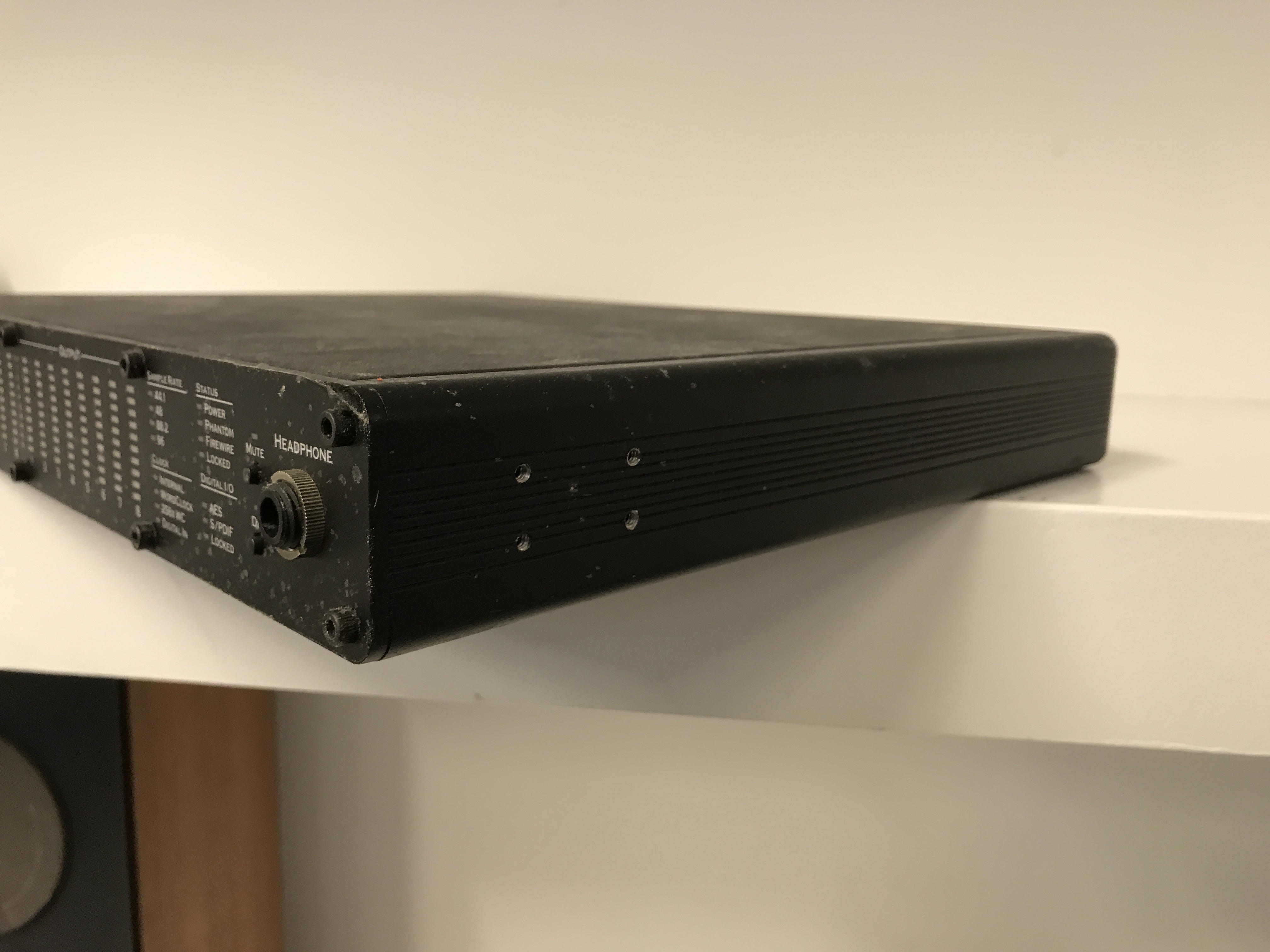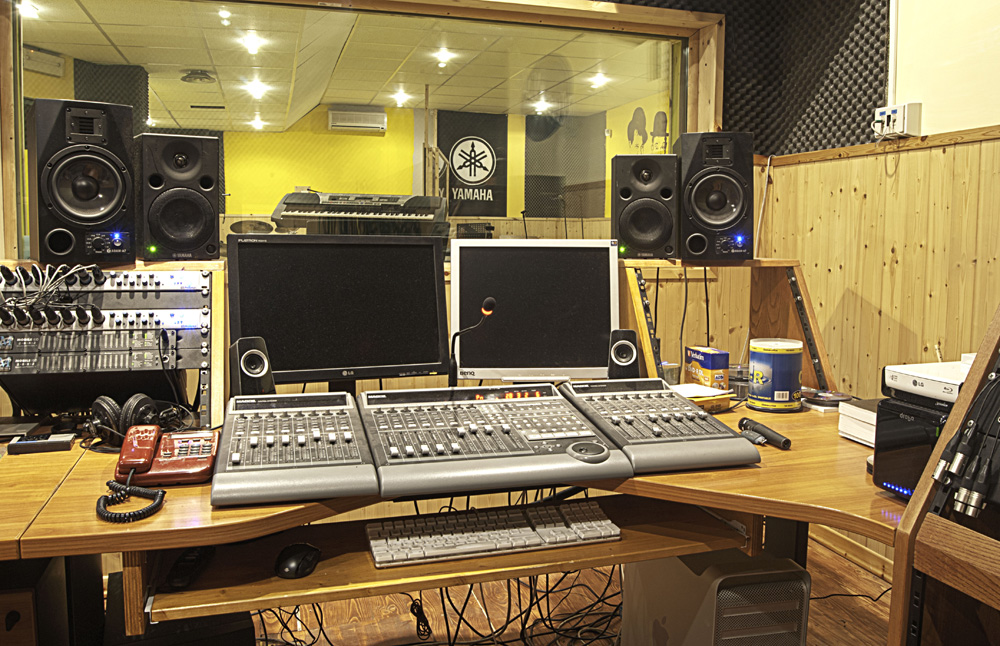

The VTC is the work of ex‑Neve designer Dave Kempson and demonstrates his meticulous attention to detail. The valves are all located in the metering upstand at the rear of the console where adequate cooling can be assured to maximise life and reliability whilst leaving the control surface and solid‑state electronics comfortably cool. By careful manipulation of the gain structure through the desk, it is possible to drive these stages harder or more gently to obtain various sonic characteristics. Typically, each input source will pass through two valve stages (channel preamp and group) on its way to a recorder, and a further two or three (tape return preamp, Mix‑B master and/or main L&R master) on mixdown.

Each channel and tape return (monitor) path incorporates a valve within the input stage, and the eight group mix amps, the main stereo mix buffer and the Mix‑B (tape return or monitor path) mix buffer also enjoy valve stages. It is a hybrid design, using solid‑state electronics for the majority of the hard work (the well‑known SSM2017 chips are used at the front end, for example) with ECC83 double‑triode valve stages (on a 250V HT rail) placed in a number of critical locations. The circuitry of the VTC's signal path is largely derived from that employed in the highly successful TLA C1 compressor and its siblings. As far as I am aware, there are no other commercially manufactured consoles currently available either with all‑valve or hybrid circuitry, so the VTC is unique. The desk may not appeal to everyone and certainly is not intended to compete head‑on with any of the digital desks in a straight 'bells and whistles' count but, for those who appreciate the design ethos of the VTC and the sonic qualities of vacuum tube amplification, this is an interesting alternative. TL Audio have developed their Valve Technology Console (VTC) specifically for these engineers. Also, a lot of recording engineers have no need of total dynamic automation, wish to retain their classic outboard effects units, find assignable control surfaces slow and confusing to use, and actually prefer the sound of an analogue signal path! Perhaps the widespread adoption of digital consoles is inevitable in the long term, but at present the shifting sands of 'digital standards' combined with the technical limitations of budget digital desks have to be considered, as does the remarkably low cost of high‑quality analogue consoles. There is also a significant body of opinion which holds that most digital consoles lack the 'organic' sound quality of a good analogue signal path and that digital equalisation, whilst technically accurate, often fails to deliver the sonic goods. Although these all‑singing and dancing consoles are powerful and empowering, there remains a significant demand for decent analogue desks, the best of which can still outperform any digital console in terms of audio specifications.Īdvances in manufacturing techniques and the availability of very high‑quality, low‑cost components has allowed companies such as Mackie and Spirit (to name but two) to produce budget analogue consoles with technical specifications and sound quality to rival the very best of the high‑end analogue desks, which cost several orders of magnitude more. Consequently, numerous ultra‑compact, assignable, and fully automated consoles are available, most of which are endowed with sophisticated onboard effects. In recent years it seems that the designers of mixing consoles, particularly for small and mid‑market products, have embraced digital technology almost to the exclusion of all else. This unique hybrid eight‑bus mixing desk brings a welcome alternative to the established options.


 0 kommentar(er)
0 kommentar(er)
